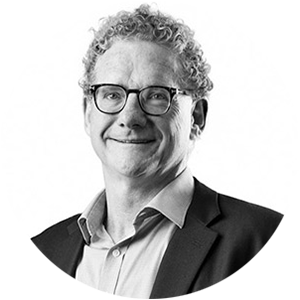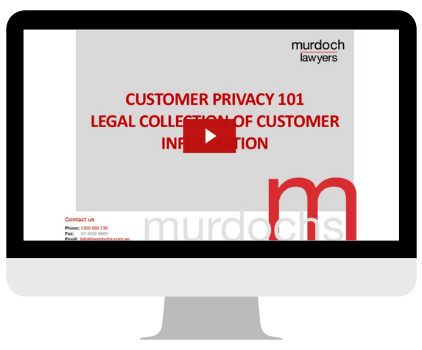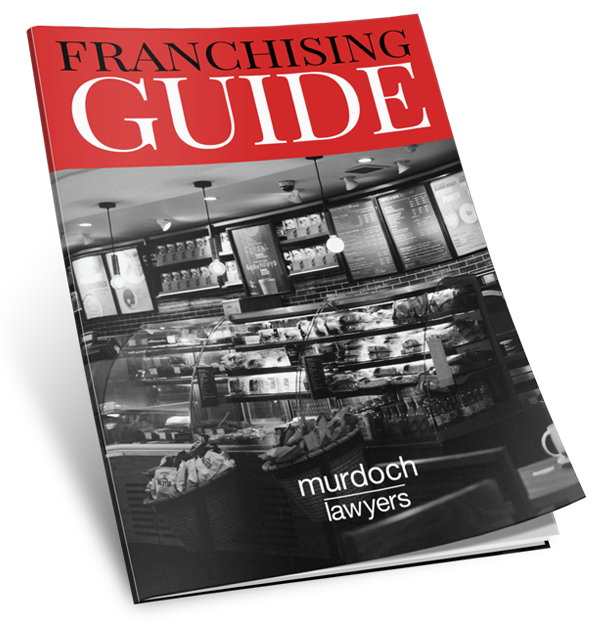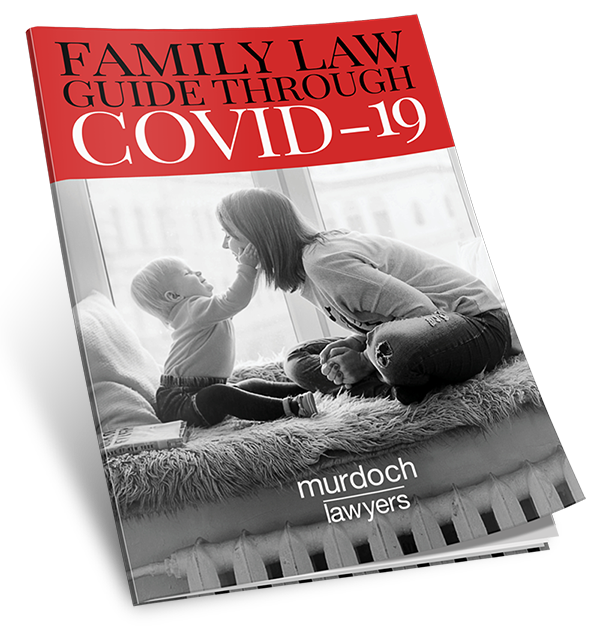
When you think about philanthropy, it might be something like the Bill and Melinda Gates Foundation that comes to mind, but philanthropy isn’t just for retired billionaires. In fact, anyone can set up their own perpetual charitable fund with as little as $50,000 and enjoy the satisfaction that comes from making a real difference.
We recently sat down with Amanda Sartor, Manager of Elston Philanthropic Services, to see how she is helping people connect with causes that are close to their heart.
It’s clear that she is passionate about her job, commenting “for me, it’s wonderful seeing someone find a way to not only give, but also get so much in return.”
Here’s an excerpt from our interview with Amanda.
Is Philanthropy related to fundraising and volunteering?
Absolutely. If you’re giving your time, skills or money to support causes in your community, then philanthropy is already a natural part of your life. You might be sitting on the board of a Not-For-Profit or volunteering at the local surf club, that’s philanthropy too.
And what about leaving a gift in your Will?
Yes, making a charitable bequest or setting up a charitable trust through your Will is also philanthropic and something that is important to consider, but it’s not the only way to give that will have a lasting impact. We often discuss with clients the various options available to them while they are still here and can enjoy the process, as opposed to gifting only via their Will. Another important discussion we have with our clients is the potential risks involved with leaving a bequest, such as even if they have instructed through their Will that a charitable donation be made after they pass, it may not proceed if their estate is litigated.
What are some other giving options?
In 2001 the Australian government established a Private Ancillary Fund (PAF), which is a type of ‘giving structure’ that allows taxpayers to do three things:
- they can donate (pre-tax) money;
- they can invest the money for perpetuity; and
- they can typically grant the income over time to the charities they are passionate about.
Can that provide for multi-generational giving?
Absolutely. A giving structure can last a lifetime, or two, or three! You can effectively create a multi-generational legacy of giving.
Are these structures popular?
They are quite popular, there are currently around 1,800 Private Ancillary Funds operating in Australia and almost 2,000 charitable sub-funds, and the number of these giving structures is rapidly increasing.
Is that because of the tax advantages?
Yes, that is a significant attraction. You can actually claim your tax deduction before you donate, which is especially good for people who have sold a property or a business and are going to incur a large tax event in a particular year. They may be ready to donate a large amount of money, but they may not be ready to choose the particular charity to give to. A giving structure allows them to make the donation and claim the deduction now and then have more time over the coming years to choose which charities or projects they want to support.
So a giving structure can keep giving?
Definitely. You have the ability to invest your initial donations and any future donations in a tax-free environment and grow the funds over time. This allows you to give money for longer and could also magnify your donations as your capital grows so that you can give more than your original donation. With the right planning, you can create a perpetual legacy.
I understand some families use philanthropy to support their family succession plan. How does this work?
Yes, they do. A foundation is a formal way of saying to your family “we value giving back and making a difference in the lives of others”. It can inspire younger generations to build respect (and have fun) by using the family wealth to give back to causes they are interested in. It also gives them the opportunity to practice their investment and governance skills by sitting on the board of the family foundation.
Do real people really do this?
Yes, they do, and they’re not all Rockefellers, they’re just people like you and me who want to give and make a real difference. Two real stories include John Grenshaw and Belinda Seaton. Click on the links below to learn more about their own personal giving journeys, to understand their motivations and goals, and the process they went through when setting up a charitable foundation.
- John Grenshaw’s article with Philanthropy Australia: https://www.philanthropy.org.au/stories-john-grenshaw
- Elston’s podcast with Belinda Seaton: https://www.elston.com.au/philanthropy-is-personal/
If you’d like to know more about the different ways to donate to charity, click through to Effective Ways to Donate to Charity on the Elston website.
About Amanda
Amanda Sartor is the Manager of Elston Philanthropic Services. Amanda specialises in supporting successful individuals, families and businesses give back and get more. Amanda is passionate about giving back and is actively involved in several giving initiatives including Women & Change Giving Circle, 10×10 Philanthropy and works as an Associate Consultant to the peak body, Philanthropy Australia. Amanda is a Certified Financial Planner (CFP), holds a Graduate Certificate in Business (Philanthropy & NFP studies) at QUT and is completing her Masters in Philanthropy & Social Investment at Swinburne.
E | [email protected]
P | 07 3002 386
W | www.elston.com.au




